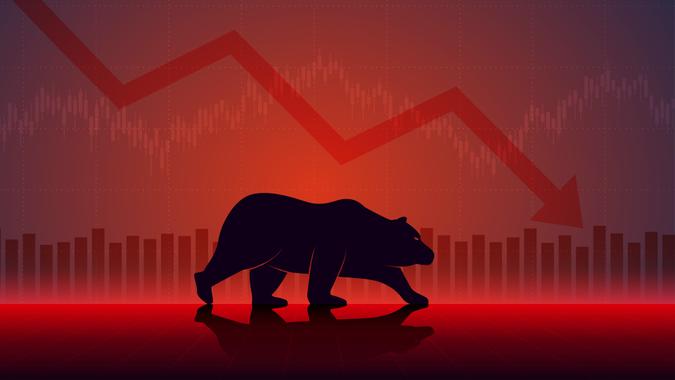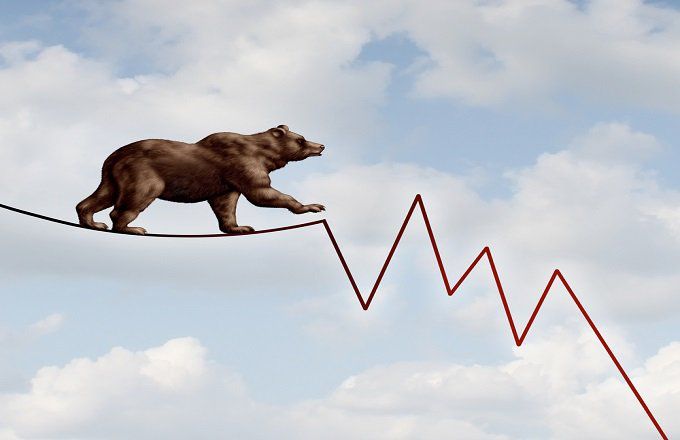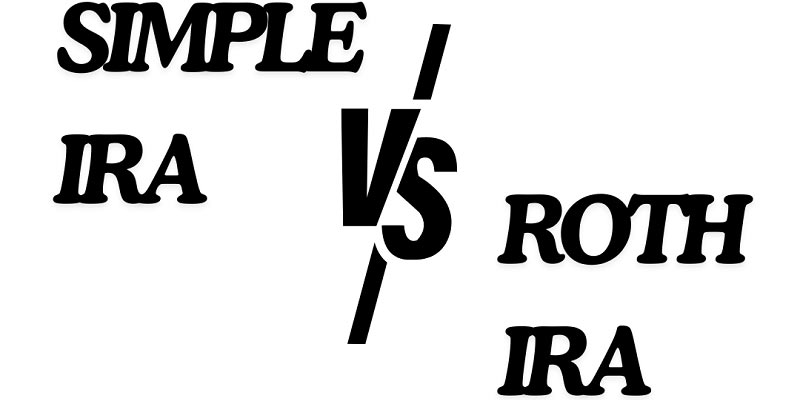Short selling individual stocks can be extremely risky since predicting the direction of their movement is difficult, and there's no limit to the amount of the losses. The market retreated to 2021 levels and reached record-setting highs for the first time in history. To reduce overall risk, investors may buy mutual funds that place bets on bears and earn money when the overall market declines.
Bear Mutual Funds
One method to reduce this risk is to invest in mutual funds that bear the market; these are mutual funds that trade short the price of a stock or an entire index of stocks. These funds can post increasing returns even as the market declines. Since the bear market isn't finished and the stock market is extremely volatile, we examined the mutual fund's performance in the last major market slump. In the previous downturn, the S&P 500 fell from a peak of 2930.75 on September 20, 2018, to the lowest of 2351.10 on December 24, 2018 an overall decline of 19.8 percent was just shy of that 20% loss needed to qualify as an actual bear market.
Bear funds usually employ various strategies to earn profits when markets drop. The fund could be betting against the market as a whole through purchasing put options on an index and selling short futures of that same index. Another option is to sell certain securities in the hope that the value of their shares will fall. Furthermore, the fund can invest in investments that have the potential to appreciate during times of market is down, like gold and any other valuable metals. In general, there is a degree of risk to various strategies employed by bear fund managers. Bear mutual funds might be a means for investors to locate alpha in volatile times; however, it shouldn't be the only investment an investor has.
Rydex Inverse Nasdaq-100 (RYAIX)
Rydex Inverse Nasdaq100 fund seeks to duplicate the inverted daily performance of the Nasdaq 100 Index. That means that if the Nasdaq 100 rises by five percent over the course of a day, the fund will fall by 5 percent, and if the Nasdaq 100 drops five percent over the course of a day, the fund will increase by 5 percent. The fund tries to achieve it by holding several investments, including mutual funds, notes from federal agencies, and purchase agreements.

The fund implements in its strategy of investing a method of short-sales of securities that are part of the index itself, in addition to investing substantially in derivatives. It will invest at a minimum of 80 percent of its net assets and any loans for investment purposes and in financial instruments with economic characteristics that should work contrary to the stocks of the companies in the index.
Grizzly Short (GRZZX)
Unlike the other two other funds in this list, Grizzly Short fund is an active-managed fund. The fund's two portfolio managers pick certain stocks to sell short. The fund's goal is to short 60 to 100 stocks at any time. All of these must be large-cap companies that the U.S trades. The fund sells short stocks. Short selling is the process of selling securities borrowed. If the fund sells short a stock, it is obligated to buy back the stock at whatever the price might be when it acquires the stock to transfer it to the securities lender. The fund typically will be held between 60 and 100 shares that it sold short.
Rydex Inverse S&P 500 Strategy (RYURX)
Rydex Inverse S&P 500 Strategy fund tries to mimic the inverse performances of the S&P 500 index. That means that if the S&P 500 increases by five percent over the course of a day, the fund will fall by 5 percent, and if the S&P 500 falls by 5% within a day, it will increase by five percent. The fund tries to achieve it by holding several investments like mutual funds, notes issued by federal agencies, and the repurchase agreement. S&P 500 is an index of 505 large-cap U.S. stocks.

The fund implements its strategy of investing in a plan that involves short sales of securities that are part of the index itself and investing substantially into derivative instruments. It will invest at a minimum 80percent of its net assets, including any loans for investment purposes and in financial instruments with economic characteristics that should work contrary to securities issued by the companies in the index.




